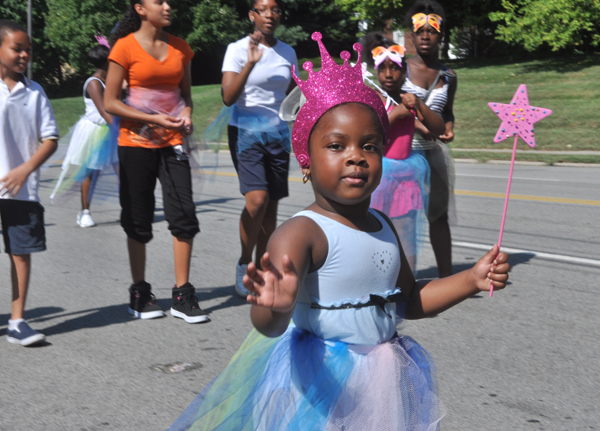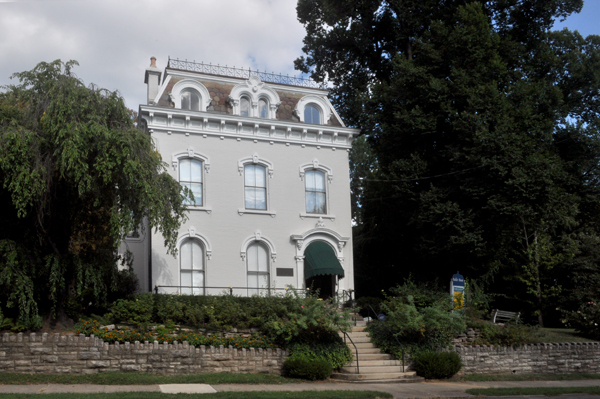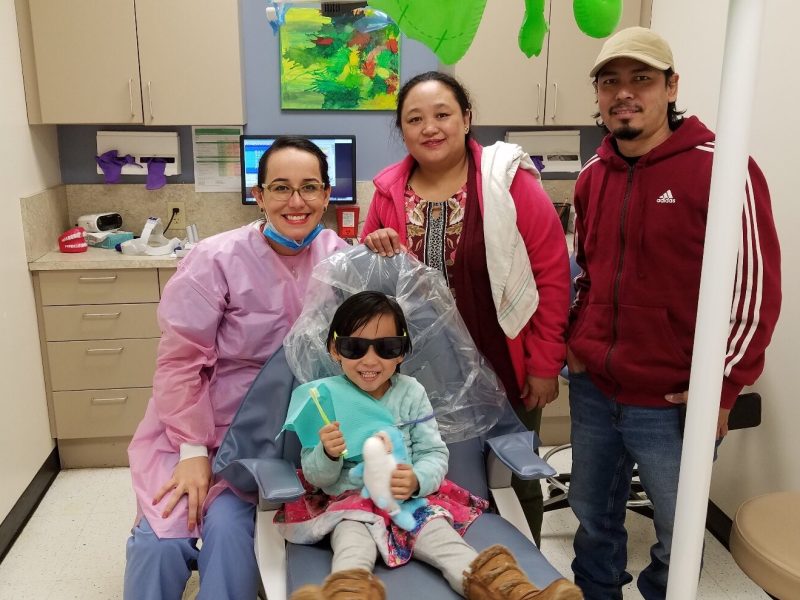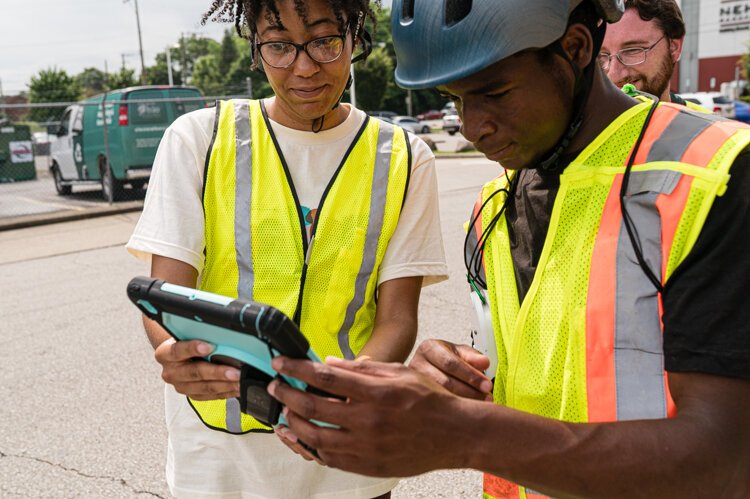State of the arts
Steel drums and sculpture. Photography and modern dance. With passionate, eclectic leaders and a host of talented supporters, Cincinnati's local community arts centers deliver an array of classes and concerts designed to bring neighbors together. Soapbox tours a few of our region’s growing, vibrant cultural gathering spots.
As Ellen Muse-Lindeman, the executive director of the Kennedy Heights Arts Center, makes her way to the upstairs office of the mansion-turned community arts center, she marvels at the quiet. The 240 children ages five to 14 enrolled in educational art camps learning about visual arts, dance, theatre and music are gone now; the noise and busyness of the 10-week summer session concluded in mid-August. But before Muse-Lindeman and her army of volunteers move on to the center’s fall activities, she has a parade to plan.
ArtsWave, which supports connections between the different cultural centers around town, helped coordinate neighborhood art parades all over the region in celebration of “Community Art Centers Day,” Aug. 27. The parades encourage creative collaborations between participants who build floats and other artwork to be part of the procession. Each event ends with a free ice cream social courtesy of United Dairy Farmers.
The Baker-Hunt Art and Cultural Center and The Carnegie Visual and Performing Arts Center in Covington as well as the Clifton Cultural Arts Center host parades of their own.
“That’s what we love; we’re just catalyzing all sorts of creative art-making in the community,” Muse-Lindeman says. Her dark hair bobs back and forth and her eyes get wide behind her glasses as she conveys the size of the pieces planned for the Kennedy Heights event. Art students and community members, led by Baba Charles Miller and his samba-playing percussion group, march down Montgomery Road alongside giant puppets, a paper mache spider and a host of other colorful pieces created by the center’s summer program participants.
The parades help community art centers to both celebrate and showcase what they offer to the residents that they serve. Each community art center is different, though they share similar goals. Most focus on creating gathering places where guests engage in the life of the neighborhood.
Ruth Dickey, the founding executive director of the Clifton Cultural Arts Center, sees a strong connection between the community building she did in Seattle with her work with arts centers in Cincinnati. “One of the most important things that arts centers bring to communities is a chance for neighbors and community members to interact and connect around a shared experience,” she says.
She and Muse-Lindeman also emphasize that an art center can spur community and economic development. In Muse-Lindeman’s case, a vacant former dance club across the street from the Kennedy Heights Arts Center has been transformed into the home of a dance company called Art Innovation Movement. A former gas station a few doors away has been renovated into an art studio and community garden. She says arts centers even benefit the people who don’t participate in the arts because they create new desirable destinations in the community.
Community art centers also focus on reaching out to neighbors, regardless of racial or economic background. “Art should be accessible to all and it should not be so expensive that no one could afford it,” says Katie Brass, the executive director of The Carnegie Visual and Performing Arts Center. She says that 89 percent of the children served by The Carnegie live at or below the poverty line and many of them have little or no art education at school. “These truly are children that could not afford the arts if we did not have that for free,” Brass says. “The arts are about creating a well-rounded individual.”
Rosemary Topie, the art education director of the Baker Hunt Art and Cultural Center, says arts centers like hers are unique assets to community. With a garden that fills the entire back yard of her center and the antique architecture – the building dates back to the 1800s and portions of it still function as a museum – Baker Hunt provides tradition and a natural atmosphere for artists young and old. “Many times people will call [the art center] an oasis in the middle of Covington,” she says.
Like most community arts centers, The Baker Hunt Art and Cultural Center keeps fees low and provides scholarships for low-income students thanks to funding from a combination of individual contributions, endowments, corporate donors, public grants and fundraisers. Most community arts centers also have very lean staffs. Baker Hunt serves more than 1,500 students a year with a full-time paid staff of just 7 people. They rely on about 30 contract instructors who teach classes, including Tai-Chi, photography, pottery, acrylic painting and even gardening.
Muse-Lindeman says that since she came on board with The Kennedy Heights Art Center in 2008, she and one other administrator have been the only full-time staff members. But the arts center partners with more than 200 volunteers throughout an average year and 25 or 30 local artists come to teach or curate exhibits.
Brass at The Carnegie says her facility hosts or produces more than 150 theatre events throughout the year in addition to arts education programming and gallery openings for local artists. And yet, since its founding in 1971, the arts center has grown to only seven full-time staff members. Brass sometimes calls herself the “chief bottle cleaner,” or “the executive trash taker-outer,” because staff and volunteers have to do a little bit of everything to keep the art center going.
And there is still room for more. Chris Hoeting and Jonathan Sears founded parProjects in 2010 to curate art exhibits and are now in the process of setting up a new arts center in Northside constructed from recycled shipping containers. This year they have started staging exhibits in containers and plan to build mobile arts spaces for exhibitions and art education that will eventually lead to their permanent space. They arranged for a plot of land in Northside three weeks ago. “What we’re doing caters to a majority of Northsiders,” says Sears. “It’s a green built project. It’s community involvement.”
And like the other community art centers, they plan to make accessibility a high priority. “It’s to bring out the public and make it more accessible to people who might not enter a gallery,” says Hoeting.
Meanwhile, at The Clifton Cultural Arts Center, Dickey is the only paid, full-time staff member of an organization that currently offers 37 classes. These arts organizations thrive, despite, or maybe because, they depend on passionate, civically minded residents who donate time, energy and expertise in addition to money. “It takes a whole village to raise an arts center,” Dickey says.
“I have been fortunate to live in a lot of cities around the country, and I can tell you that Cincinnati is really unique in having this movement of arts centers.” Dickey says. “We’re lucky.”




















